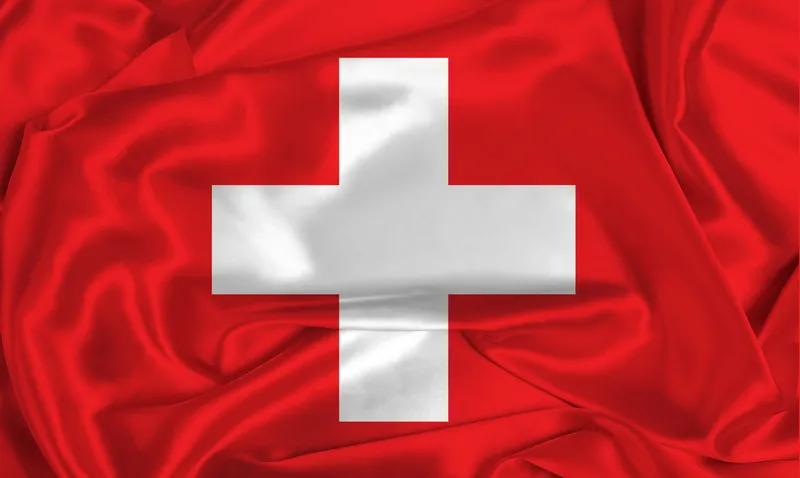Germany’s Deutsche Bahn (DB) has introduced proximity search for bus and rail travellers as an additional search option in its HAFAS-based journey planner. From any starting point in Germany, the DB's journey planner generates all destinations that can be reached within a certain period of time. HaCon's 1:n search facilitates not only excursions to the countryside, but also helps to find destinations like theatres, museums and theme parks. These are shown on a map, along with their respective distances in t
July 12, 2012
Read time: 2 mins
RSSGermany’s 5344 Deutsche Bahn (DB) has introduced proximity search for bus and rail travellers as an additional search option in its HAFAS-based journey planner. From any starting point in Germany, the DB's journey planner generates all destinations that can be reached within a certain period of time. 5550 HaCon's 1:n search facilitates not only excursions to the countryside, but also helps to find destinations like theatres, museums and theme parks. These are shown on a map, along with their respective distances in travel time from the point of departure.
Deutsche Bahn provides numerous leisure tips all over Germany, divided into different categories that can be used to filter the search results. Travellers may also choose their favourite means of transportation as well as the maximum number of train/bus changes they are willing to make. Unlike a ‘traditional’ search, the proximity search does not require a specified destination - only the maximum travel time is required. As a result, a map shows all excursion trips that can be reached within the defined time frame.
Deutsche Bahn is the second customer to opt for HaCon's proximity search: Since early 2011, travellers in Norrland, Sweden, have been using a HAFAS-based journey planner that visualises time in terms of geographical distance. In addition to the duration of travel, passengers can select which means of transportation (plane, train, ferry, etc.) they would like to use and limit the number of changes during their journey.
Deutsche Bahn provides numerous leisure tips all over Germany, divided into different categories that can be used to filter the search results. Travellers may also choose their favourite means of transportation as well as the maximum number of train/bus changes they are willing to make. Unlike a ‘traditional’ search, the proximity search does not require a specified destination - only the maximum travel time is required. As a result, a map shows all excursion trips that can be reached within the defined time frame.
Deutsche Bahn is the second customer to opt for HaCon's proximity search: Since early 2011, travellers in Norrland, Sweden, have been using a HAFAS-based journey planner that visualises time in terms of geographical distance. In addition to the duration of travel, passengers can select which means of transportation (plane, train, ferry, etc.) they would like to use and limit the number of changes during their journey.









